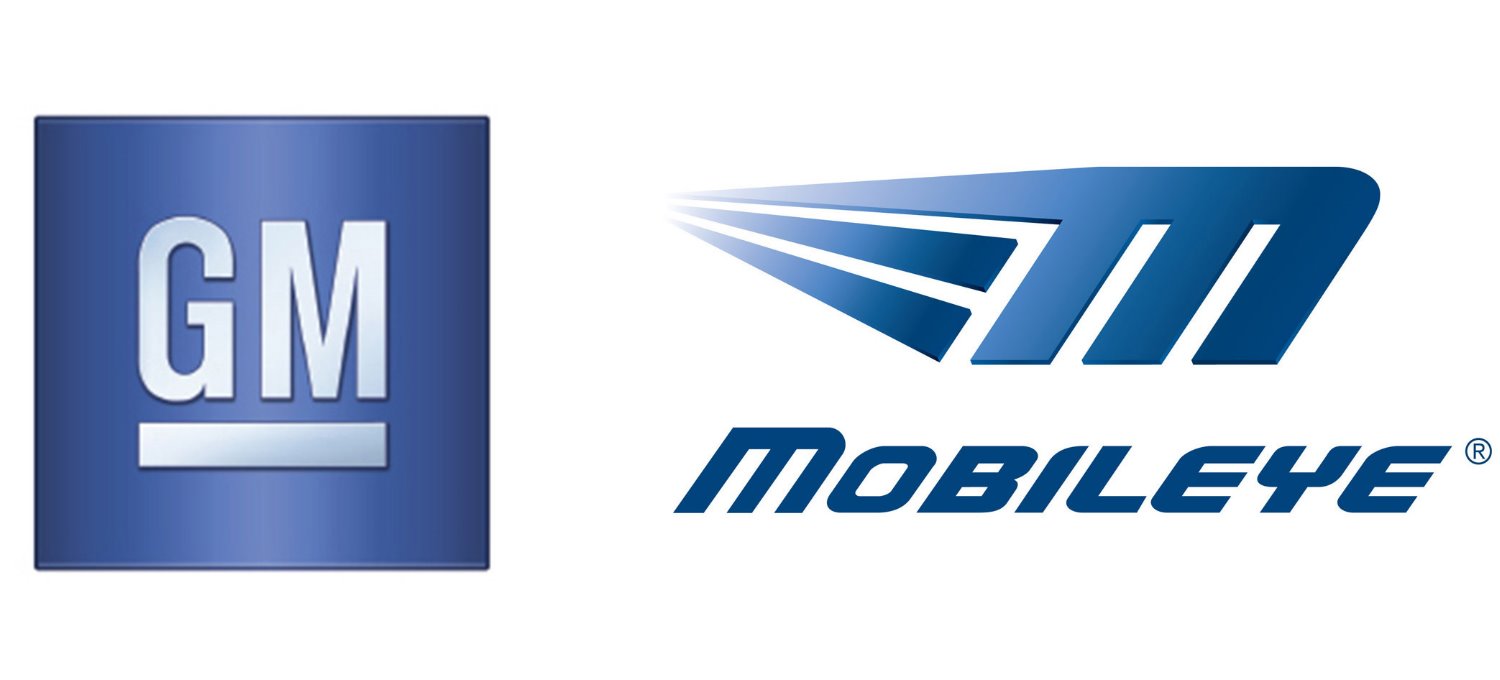GM Exploring Mobileye Advanced Mapping With Onstar Data for self-driving cars
 General Motors is exploring a new mapping technology from Mobileye that could use crowd-sourced real-time data collected by OnStar for precise localization and high-definition lane data that supports fully autonomous driving.
General Motors is exploring a new mapping technology from Mobileye that could use crowd-sourced real-time data collected by OnStar for precise localization and high-definition lane data that supports fully autonomous driving.
GM is Mobileye's largest customer and is engaged with Mobileye Road Experience Management (REM) to create a continuously updated road map. Mobileye's existing EyeQ processing platforms extract landmarks and roadway information at extremely low bandwidth of about 10kb per kilometer.
"Cameras are the most natural sensors for creating maps because they are already available in most new car models as part of the trend toward growing driver assistance deployment," said Amnon Shashua, co-founder, chairman and chief technical officer of Mobileye. "Creating and updating maps using on-board camera technology supplies the missing link between on-board sensing and the requirement for full redundancy to enable safe autonomous driving."
Mobileye expects to eventually achieve localization at an accuracy of about 10 centimeters compared with today's GPS, which can pinpoint to about 10 meters.
OnStar serves more than 7 million customers with a 24/7 human touch, in the U.S., Canada, China, Mexico, Europe and Brazil. OnStar recorded its 1 billionth customer interaction in 2015.
GM, which sold about 3.3 million vehicles in the U.S. in 2015, uses Mobileye software on cameras that support existing safety technologies like forward collision alert. GM has collaborated on camera technology with Mobileye for a decade beginning with lane departure warning systems launched in 2007.
"GM is committed to bringing semi-autonomous and fully autonomous vehicles to our customers, and this technology will be a critical enabler to getting us there," said Mark Reuss, GM executive vice president of Product Development, Purchasing and Supply Chain. "We are planning to explore the integration of REM into existing GM program launches sometime later this year."
